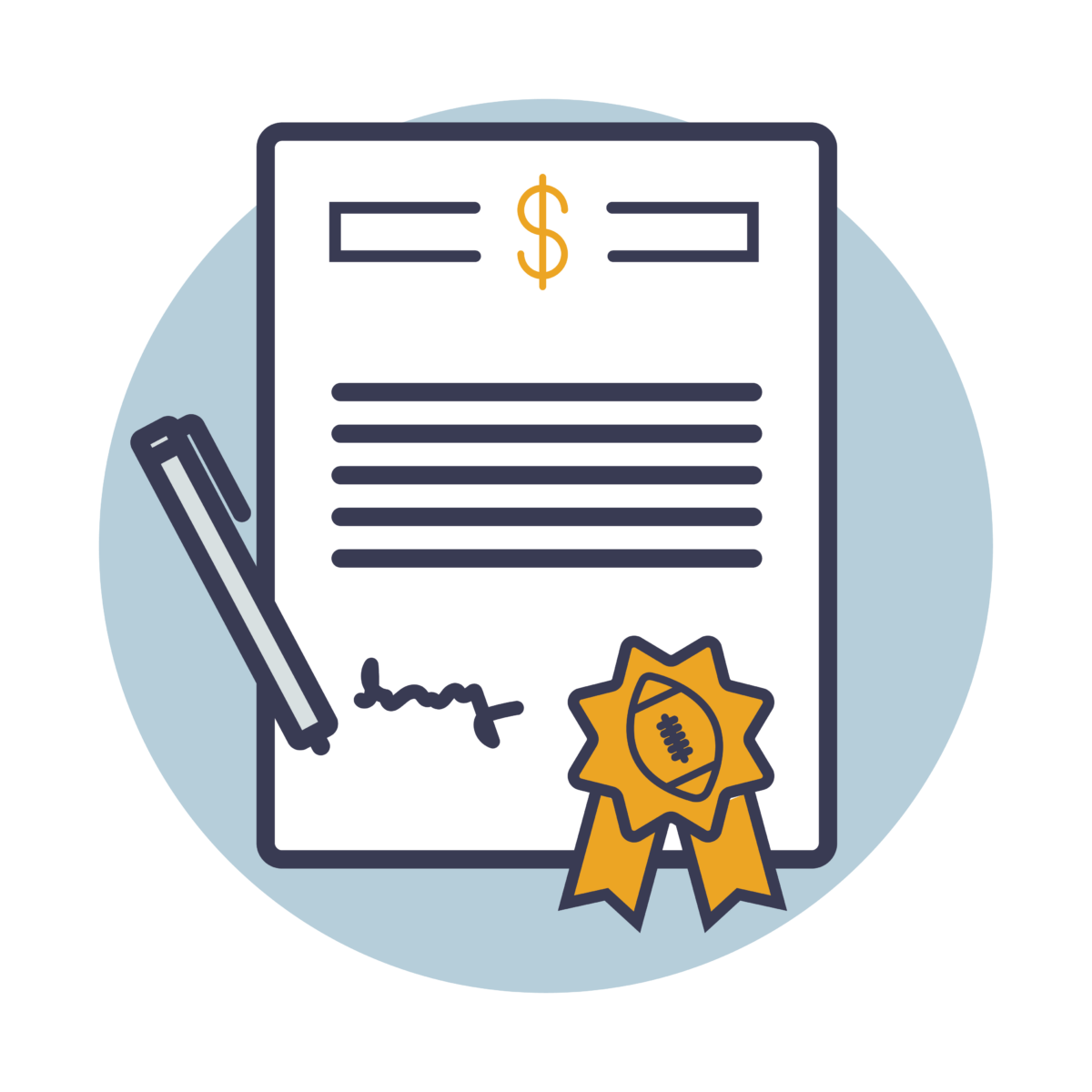Any income from NIL activities, including non-cash, is considered taxable income.
Student-athletes are making money through NIL activities in a number of different ways, including guest appearances at clubs and schools, autograph signings, exhibitions, sponsorships, endorsements, content creation/influencer, non-fungible tokens, gifts, and giveaways (gift cards).
Student-athletes can profit off endorsements, apparel sales, corporate partnerships, charitable appearances, teaching camps, and starting their own businesses. They can also be paid for developing their own merchandise, promoting products or services, and appearing at events due to their personal celebrity. “NIL rights” allow college athletes to control use of their own identity for commercial purposes through profits from sponsorship deals, autograph fees, social media, promotional appearances, and marketing their own brands. Social media and brand endorsement deals are the most popular revenue source for college athletes.











